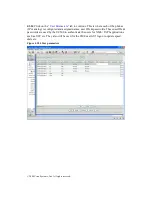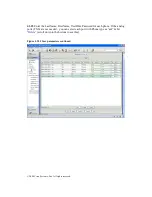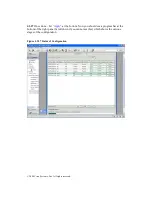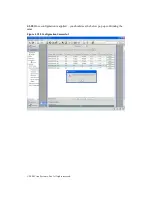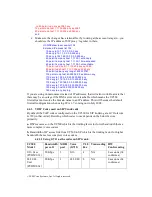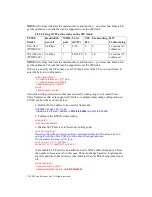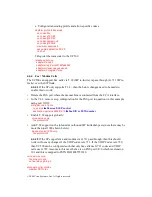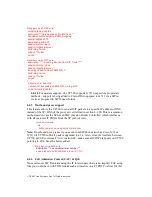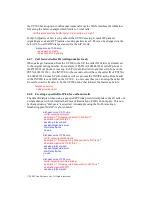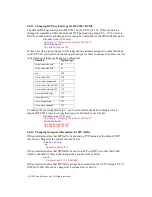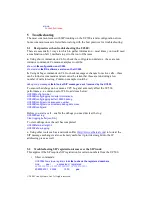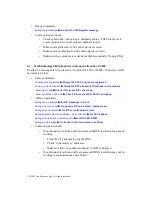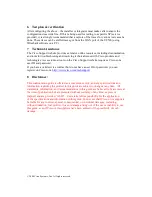
© 2008 Cisco Systems, Inc. All rights reserved.
sip-ua
connection-reuse
5
Troubleshooting
The most common issues with SIP trunking on the UC500 are misconfiguration errors.
Some common issues are listed below along with the best practices for troubleshooting:
5.1
Best practices when troubleshooting the UC500:
There are essentially 3 ways in which to gather information – most times you would need
a combination of all 3 methods to get to the root of the issue
a. Using show commands on CLI to check the configuration & status – these are non
intrusive commands. Common examples would be:
show run
configuration on UC500
show version
IOS software version on the UC500
b. Using debugs commands on CLI to check message exchanges for active calls – these
can be intrusive commands and care must be taken that these are run during a low
number of calls in testing. Common example would be:
debug ccsip messages
to look at SIP messages sent / received by the UC500
To ensure the debugs do not cause a CPU hog and adversely affect the UC500
performance – a common set of CLI to add is as below:
UC500#config terminal
UC500#(config)logging console informational
UC500#(config)logging buffer 100000 debug
UC500#(config)service sequence-number
UC500#(config)service timestamp debug date msec
UC500#(config)end
Before you start a call – enable the debugs you need & clear the log:
UC500#clear log
Clear logging buffer [confirm]
To view debugs once the call has completed:
UC500#terminal length 0
UC500# show logging
c. Using other tools such as a network sniffer (
http://www.ethereal.com
) to look at the
SIP message exchange is also extremely useful as it provides insight into the IP
addressing piece as well.
5.2
Troubleshooting SIP registration issues over the SIP trunk
This applies if the SP requires SIP registration for certain numbers from the UC500.
•
Show commands:
UC500#show sip-ua register status
to check the registered numbers
Line peer expires(sec) registered
============ ============= ============
4085552001 20006 1559 yes

